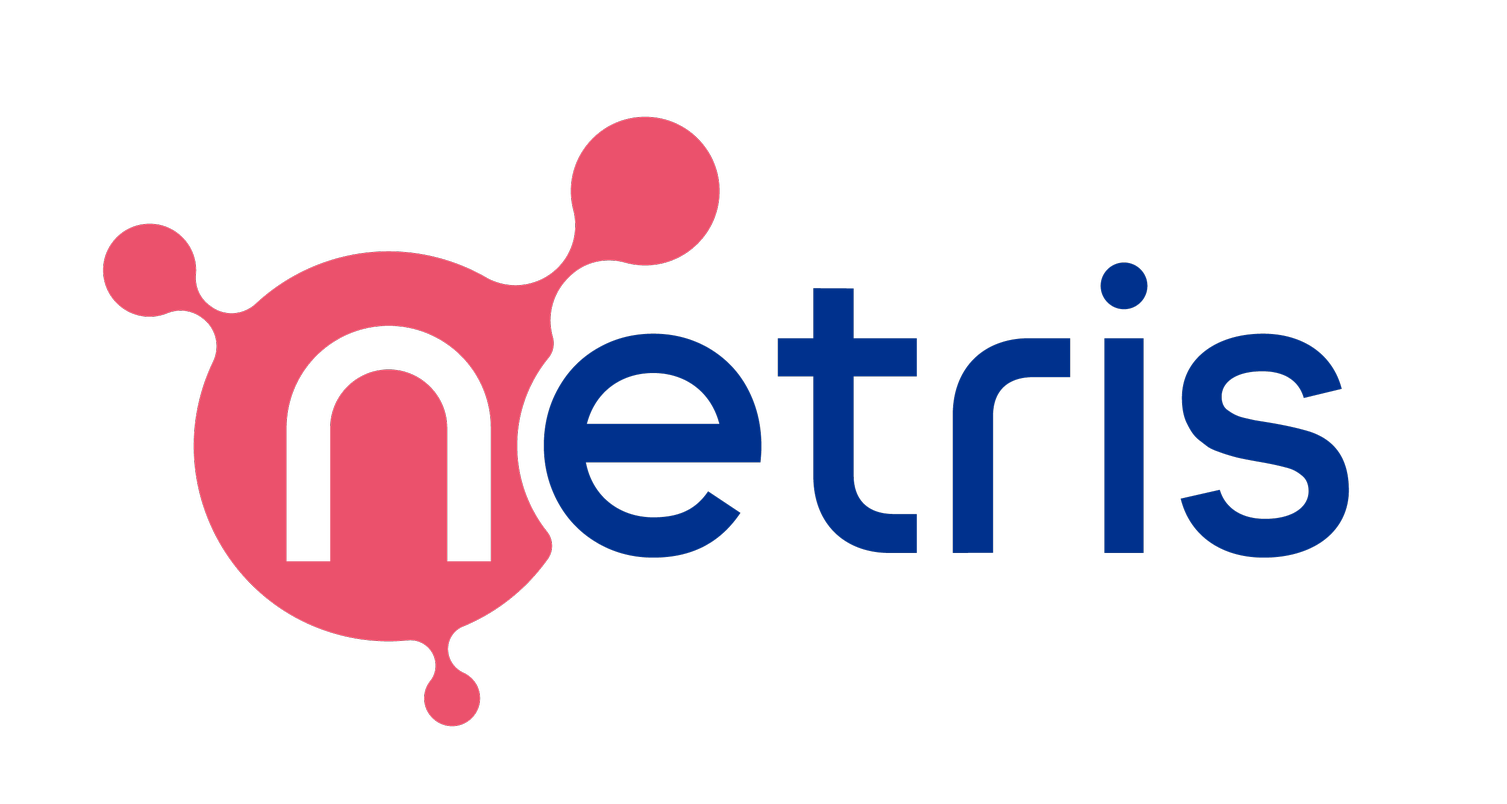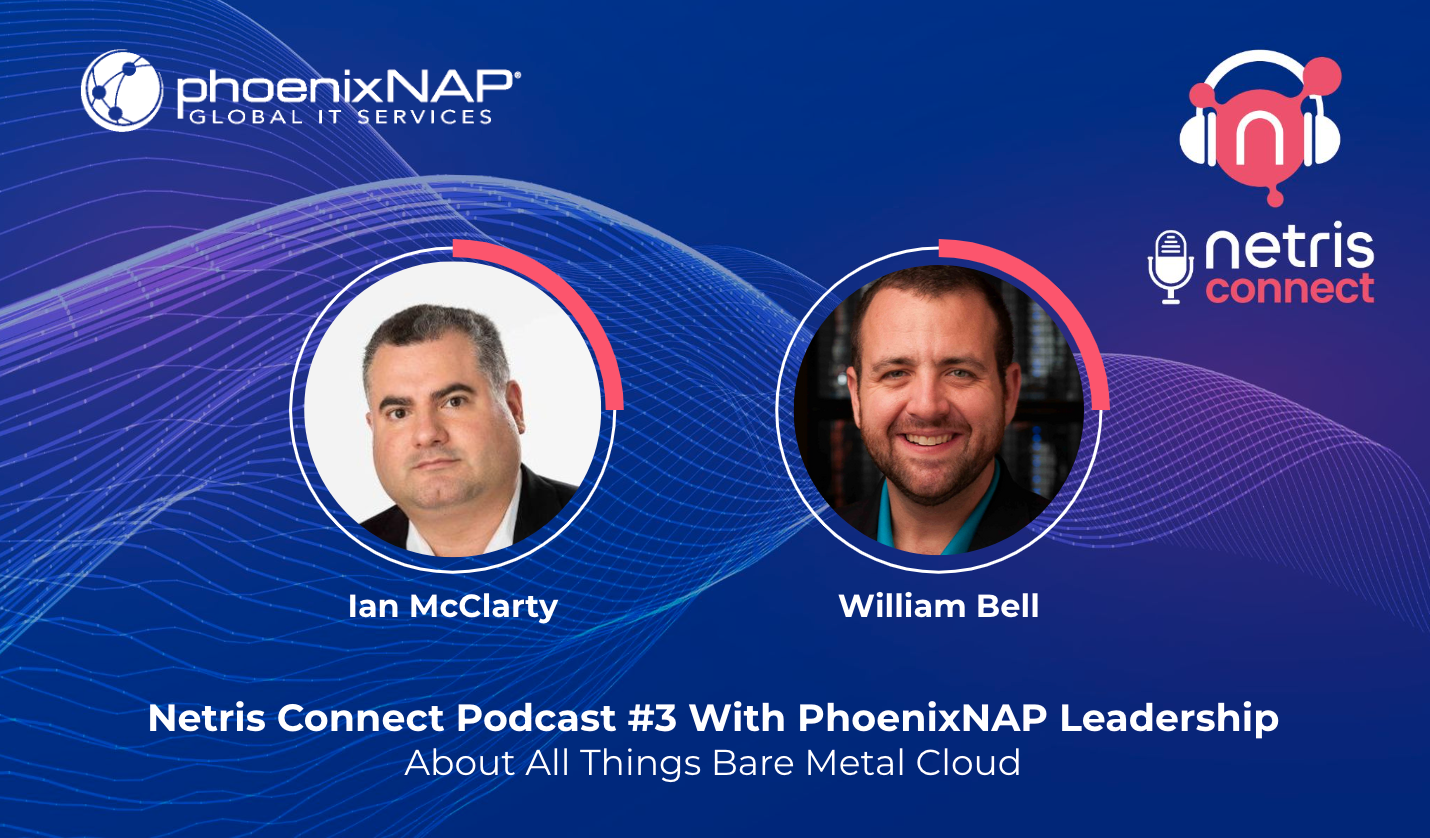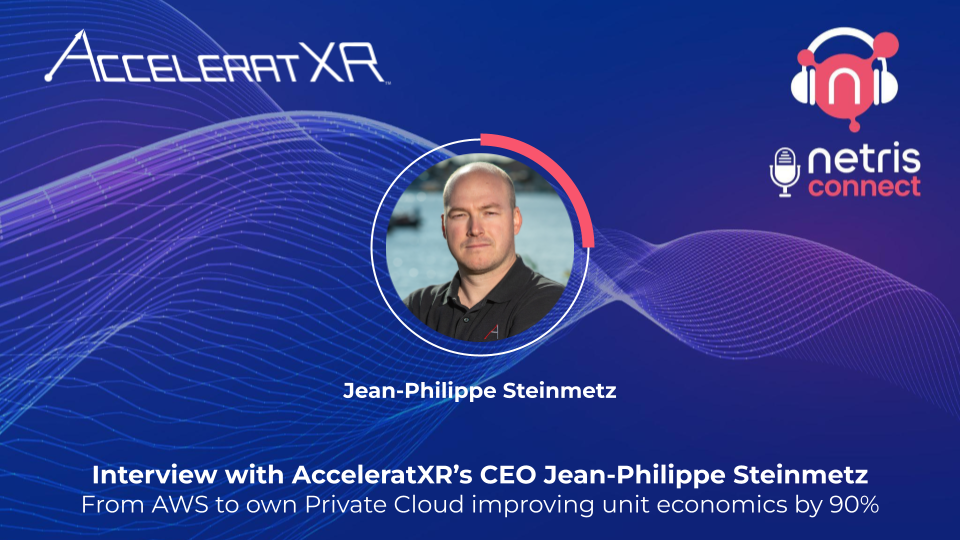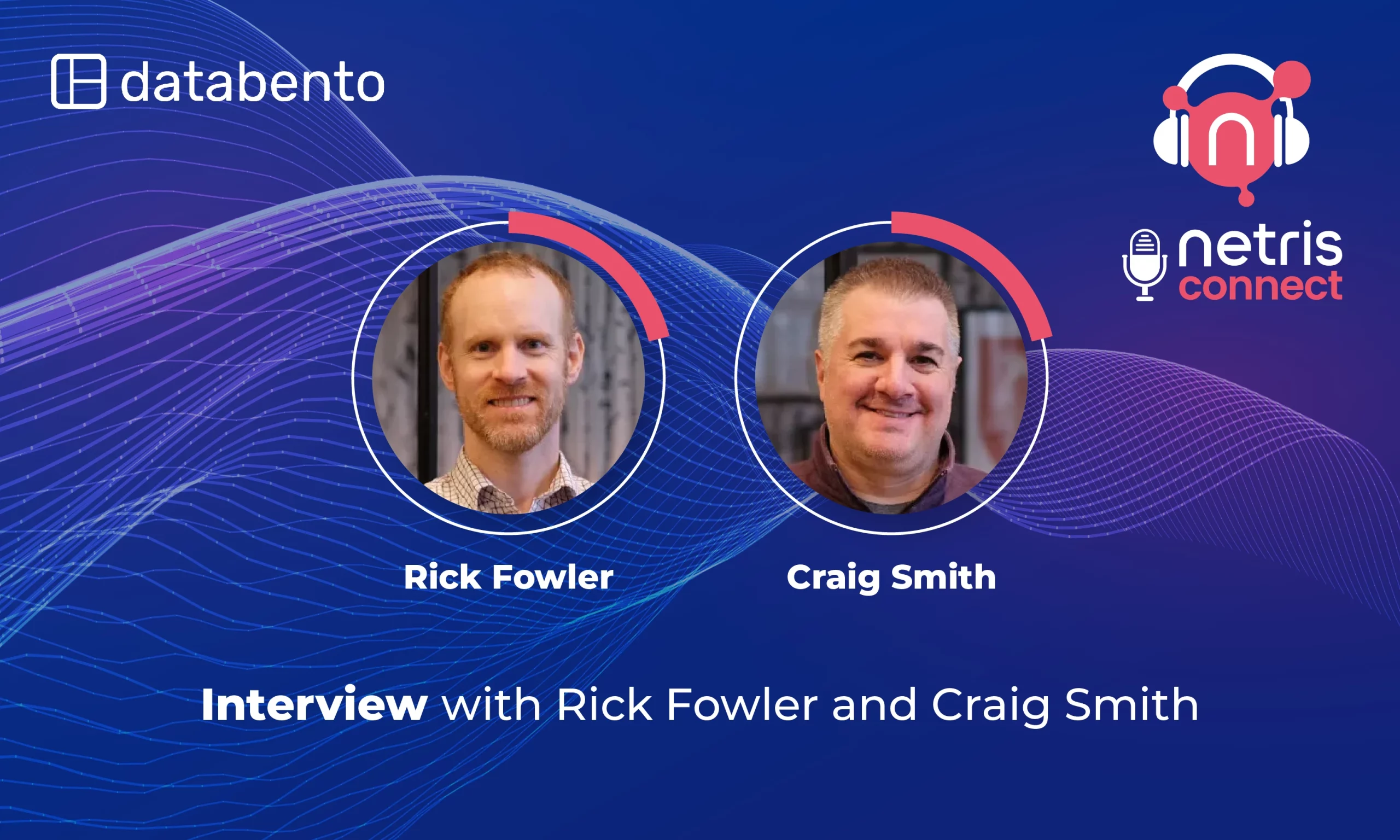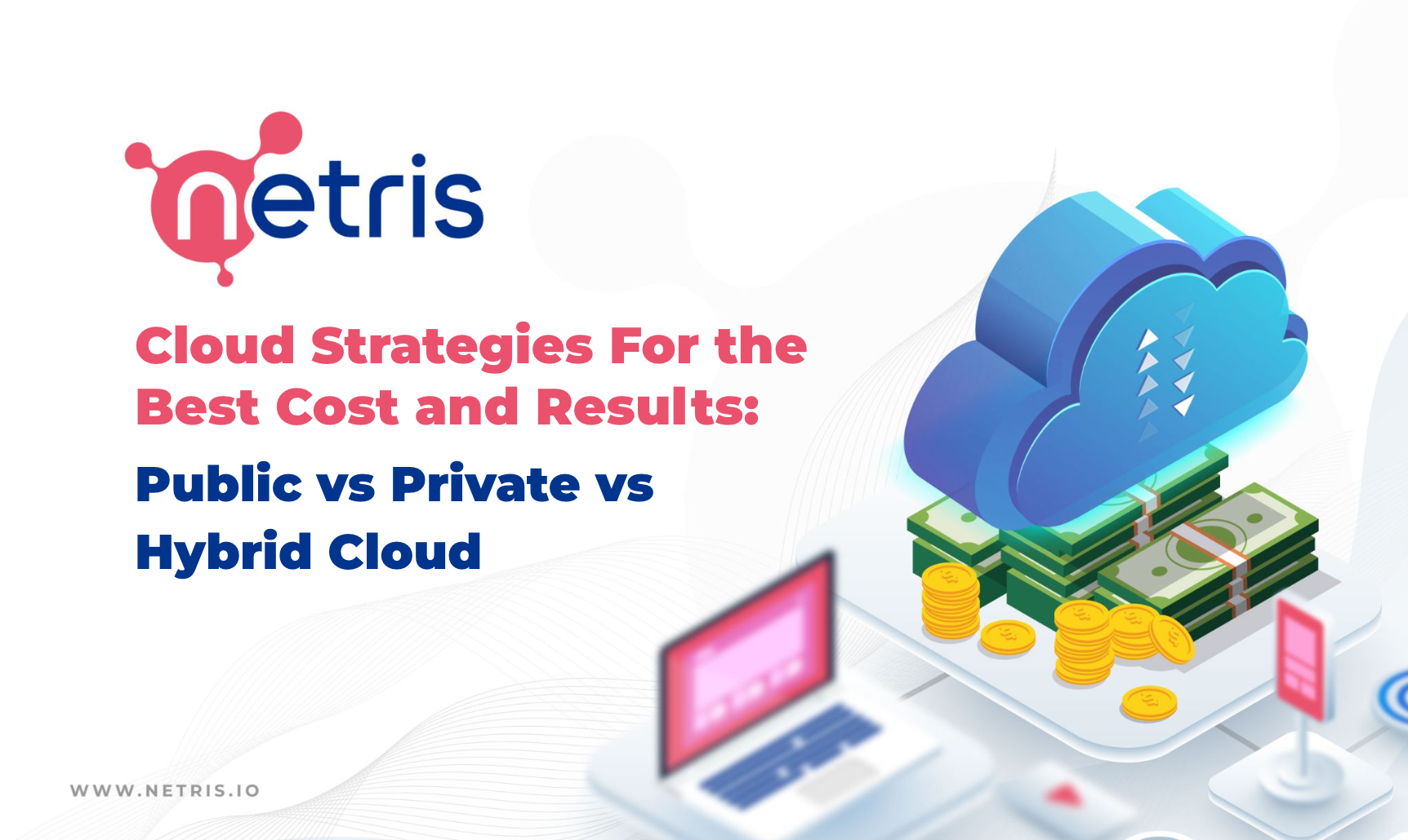
Cloud Strategies for the Best Cost and Results: Public vs Private vs Hybrid Cloud
In an era when the typical business is overspending on cloud resources by a rate of 20 to 30 percent, according to IDC, finding ways to rein in cloud costs is critical.
But how, exactly, can you control cloud spending? Often, the advice on this topic focuses on making small-scale changes, like rightsizing cloud server instances or taking advantage of lower-cost data storage tiers – moves that can save you some money, but that will often not deliver the greatest overall bang for your buck.
If you really want to optimize cloud spending, you need to think at a higher level by assessing your overall cloud architecture. You may find that making architectural changes – such as migrating some or all of your workloads to a private cloud – is the best way to reduce infrastructure spending without compromising on performance.
With that reality in mind, here’s an analysis of aligning cloud architectures with cost and performance strategies. We discuss the pros and cons of different cloud architectures from a cost perspective, while also explaining how factors like the size and maturity of your cloud infrastructure footprint may impact the way you approach cloud cost optimization.
Cloud cost control on public vs. private cloud architectures
Let’s begin by discussing why cloud costs tend to vary between public and private cloud environments.
The main reason – as you likely know if you’re familiar with the fundamentals of cloud platforms – is that different cost models apply to public and private clouds. In the public cloud, you typically pay as you go for the infrastructure and services you use, with no upfront capital expenses. This means that all of your expenses in the public cloud are OpEx.
In contrast, a private cloud requires you to pay for infrastructure upfront. You’ll have some ongoing operating expenses thereafter for tasks like service maintenance and monitoring, but the bulk of your costs are CapEx, not OpEx.
How private cloud may enable cloud cost optimization
The fact that public clouds allow businesses to pay-as-they-go, with no CapEx commitment, is often portrayed as one of the key advantages of the public cloud – and it is, if avoiding a long-term commitment to infrastructure is a priority for your company, or if your infrastructure capacity requirements are so unpredictable or inconsistent that it doesn’t make sense to purchase your own servers.
However, in the long run, public clouds tend to cost more, especially for organizations with steady infrastructure usage requirements. The fact that public cloud providers require you to pay monthly bills on an ongoing basis means that if you use the public cloud long enough and steadily enough, you’ll sooner or later reach a point where your spending on public cloud resources surpasses what it would have cost you to build an equivalent private cloud. At that point, you begin losing money in the public cloud.
The example of 37Signals, a SaaS vendor, is illustrative of this point. As the company’s CTO, David Heinemeier Hansson, explained in a blog, the business experienced a dramatic reduction in infrastructure spending – from around $180,000 to less than $80,000 per month – after moving workloads out of the public cloud back on-prem. The company also spent about $500,000 to acquire new servers to support its workloads after repatriating them, but as Hansson notes, that cost will be paid back in a matter of months by the reduction in OpEx. In the long run, he expects the move to save $10 million over five years.
37Signals is not alone. At Netris, we’ve worked with businesses that have also achieved dramatic cost savings by moving to private cloud – such as AcceleratXR and Aarki, both of which reported a reduction in cloud spending of 90 percent after embracing private cloud.
Cloud cost control and SaaS profit margins
37Signals’s experience doesn’t mean that every company should repatriate from the public cloud to save money, of course. But it is a reminder of why SaaS vendors in particular should consider making this type of architectural change.
After all, if you’re in the SaaS business, cloud infrastructure costs aren’t just an expense that goes on your balance sheet. They directly affect your product’s pricing, since you need to factor them into what you charge customers. And if cloud spending eats up a large chunk of your overall revenue, your profit margins will be tightly constrained.
For instance, imagine you collect $200,000 per month in revenue from a SaaS app, but you spend $100,000 to host that app in the public cloud. Right off the bat, your margin is below 50 percent – and that’s before factoring in all of the additional expenses required to develop and deliver your product.
Given that SaaS vendors typically aim for margins closer to 90 percent, relying heavily on public cloud infrastructure can be crippling if it costs too much. It effectively means that SaaS vendors end up reselling cloud infrastructure – without being able to mark it up, since their customers aren’t going to pay extra for it – rather than being able to focus solely on selling their actual SaaS products.
Why the public cloud sometimes makes sense
On balance, it’s important to note that profitability isn’t everything when it comes to assessing cloud spending. Some businesses may still want to leverage the public cloud, even if it costs them way more than they’d pay for a private cloud.
For example, as Sara Wang and Martin Casado have noted in an articulation of what they call the “trillion dollar paradox,” the public cloud is the “obvious choice” for a new startup. If you’re a small company focused on growth and product development, the convenience of being able to host workloads on public cloud infrastructure outweighs the benefits of controlling your cloud spending – which is likely to be low for a new company at any rate.
Likewise, companies whose infrastructure capacity requirements vary substantially – by a rate exceeding about 20 percent – may find the public cloud to be a better option because it provides access to extra capacity when necessary, without requiring a permanent commitment to it.
But in most other cases, companies with significant monthly cloud spending and relatively consistent capacity requirements are likely to find that they spend less and achieve more value through a private cloud.
The hybrid cloud option
We should note that public vs. private cloud isn’t a binary decision. There’s a middle ground – hybrid cloud – that can provide a best-of-both-worlds scenario for some organizations.
When organizations opt for a hybrid cloud architecture, they use public cloud and private or on-prem resources at the same time. This approach allows them to benefit from the public cloud when it makes sense, while also enjoying the cost optimization benefits of private clouds.
For example, if you have some workloads whose capacity requirements vary significantly, you could host them in a public cloud, while keeping others in a private cloud. Or, you could use a hybrid cloud strategy where you run your workloads in a private cloud most of the time, but “burst” them into the public cloud in the event that capacity requirements exceed the capabilities of your private infrastructure.
What about cloud manageability?
There’s one last piece of the public vs. private cloud discussion that’s important to address: Manageability.
Even when people realize that private clouds tend to be more cost-effective, they might be reluctant to adopt them because they worry that setting up and managing private clouds is too much work. In the public cloud, you can effectively outsource infrastructure management, as well as many aspects of configuration and provisioning, to cloud providers, whereas with a private cloud, all that effort is on you.
Ten years ago, this might have been a reason to avoid private cloud (including on-prem and colocated data center setups). However, the fact of the matter is that private cloud tooling and platforms have matured significantly in recent years, to the point that creating and managing private cloud environments and workloads often feels very similar to working in the public cloud. Open source solutions like Rancher, MAAS and Harvester make it possible to build and manage compute layers of private infrastructure with a cloud-like experience. You can use IaC tools to streamline provisioning in a private cloud just as you could in a public cloud. And tools like Netris allow you to manage private and hybrid cloud networking in a cloud-like manner, just as easily as you can in a public cloud environment.
If it were 2014 instead of 2024, there would be a case to be made that the hassle of private cloud outweighs the cost savings. But that’s just no longer the case.
Conclusion: To reduce cloud costs, start with the right architecture
To be sure, taking small steps to optimize the configuration of cloud services is one way to reduce cloud spending – and you should take those steps to reduce cloud costs as much as possible.
But the single most effective step you can take to slash cloud costs across the board and over the long term is to select the right cloud architecture. For many businesses and use cases today, private (or, in some situations, hybrid) cloud delivers the lowest total cost – and thanks to modern private cloud tooling, savings don’t come at the expense of manageability.
Want to learn more about picking the right cloud architecture for your cost management goals – or any other aspect of cloud or networking strategy? Contact us. We offer free consulting calls with advice from cloud infrastructure experts who will listen to your needs and offer perspective on which strategy is best suited for them.

